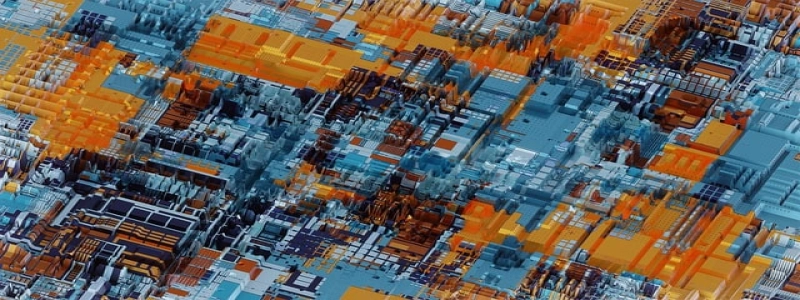Ethernet Terminal
Introduction:
Ethernet terminals are computer devices that allow users to connect to an Ethernet network for data transmission and communication purposes. In this article, we will explore the features and uses of Ethernet terminals in various industries and discuss their benefits and challenges.
I. What is an Ethernet Terminal?
A. Definition: An Ethernet terminal is a computer device that acts as a client to connect to an Ethernet network and enable data transmission and communication.
B. Components: Ethernet terminals consist of hardware components such as a processor, memory, Ethernet interface, and other peripherals.
C. Operating System: The terminal runs on an operating system that allows users to interact with the device and perform various tasks.
II. Features of Ethernet Terminals
A. Network Connectivity: Ethernet terminals support wired connections to Ethernet networks, providing reliable and fast data transmission.
B. Compatibility: These terminals are designed to work seamlessly with existing Ethernet infrastructure and network protocols.
C. Terminal Emulation: Ethernet terminals often include terminal emulation software, allowing users to remotely access host systems.
D. Screen and Keyboard: Ethernet terminals generally have a built-in screen and keyboard for user interaction.
E. Security: Ethernet terminals incorporate security features such as encryption and authentication to protect data and prevent unauthorized access.
III. Uses of Ethernet Terminals
A. Retail Industry: Ethernet terminals are commonly used in retail stores for point-of-sale (POS) systems, inventory management, and customer service.
B. Manufacturing Industry: Ethernet terminals facilitate machine-to-machine communication, process monitoring, and control in manufacturing plants.
C. Healthcare Industry: Ethernet terminals are utilized in hospitals and clinics for patient monitoring, electronic medical records, and communication among medical professionals.
D. Transportation and Logistics: Ethernet terminals enable real-time tracking and management of vehicles, shipments, and warehouses in the transportation and logistic sector.
E. Financial Sector: Ethernet terminals are employed in ATMs, banking systems, and financial service providers for secure transactions and customer services.
IV. Benefits and Challenges of Ethernet Terminals
A. Benefits:
1. Increased Efficiency: Ethernet terminals streamline processes and improve productivity in various industries.
2. Reliable Connectivity: Ethernet networks provide stable and high-speed data transmission, ensuring efficient communication.
3. Scalability: Ethernet terminals can be easily integrated into existing networks and expanded as per the requirements.
4. Enhanced Security: The built-in security features of Ethernet terminals protect sensitive data from cyber threats.
B. Challenges:
1. Initial Investment: Deploying Ethernet terminals requires an initial investment in hardware, software, and network infrastructure.
2. Maintenance and Upgrades: Regular maintenance and software updates are necessary to ensure optimal performance and security.
3. Network Infrastructure: Proper network infrastructure is needed to support Ethernet terminals, including cables, switches, and routers.
Conclusion:
Ethernet terminals play a vital role in connecting devices to Ethernet networks and enabling efficient data transmission and communication. Their features, uses, benefits, and challenges make them an essential component in various industries, enhancing productivity and streamlining processes. As technology advances, Ethernet terminals will continue to evolve, providing even more advanced features and capabilities for users in the future.








